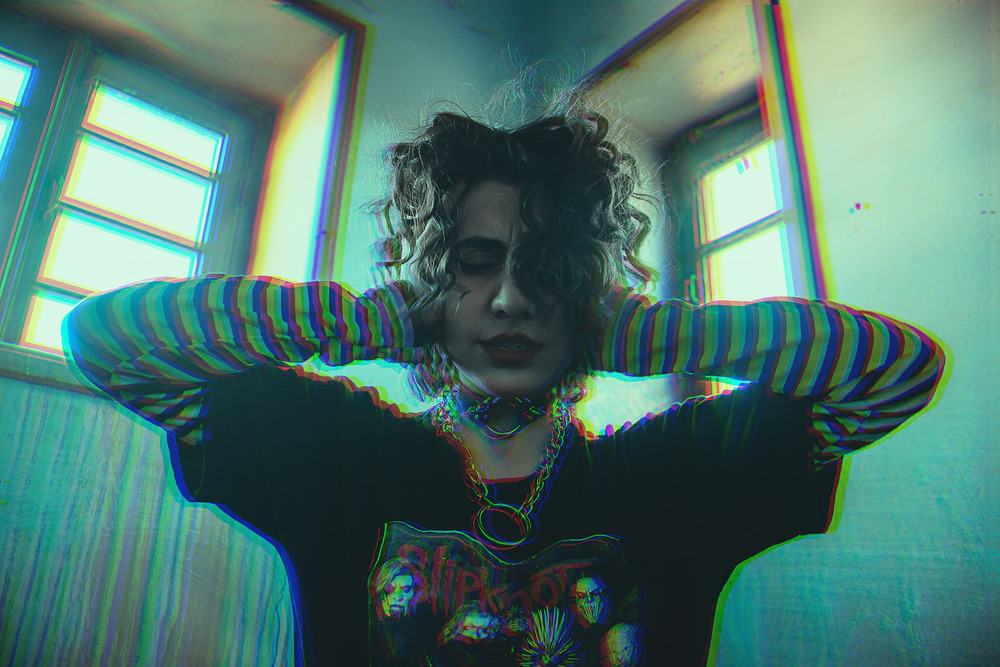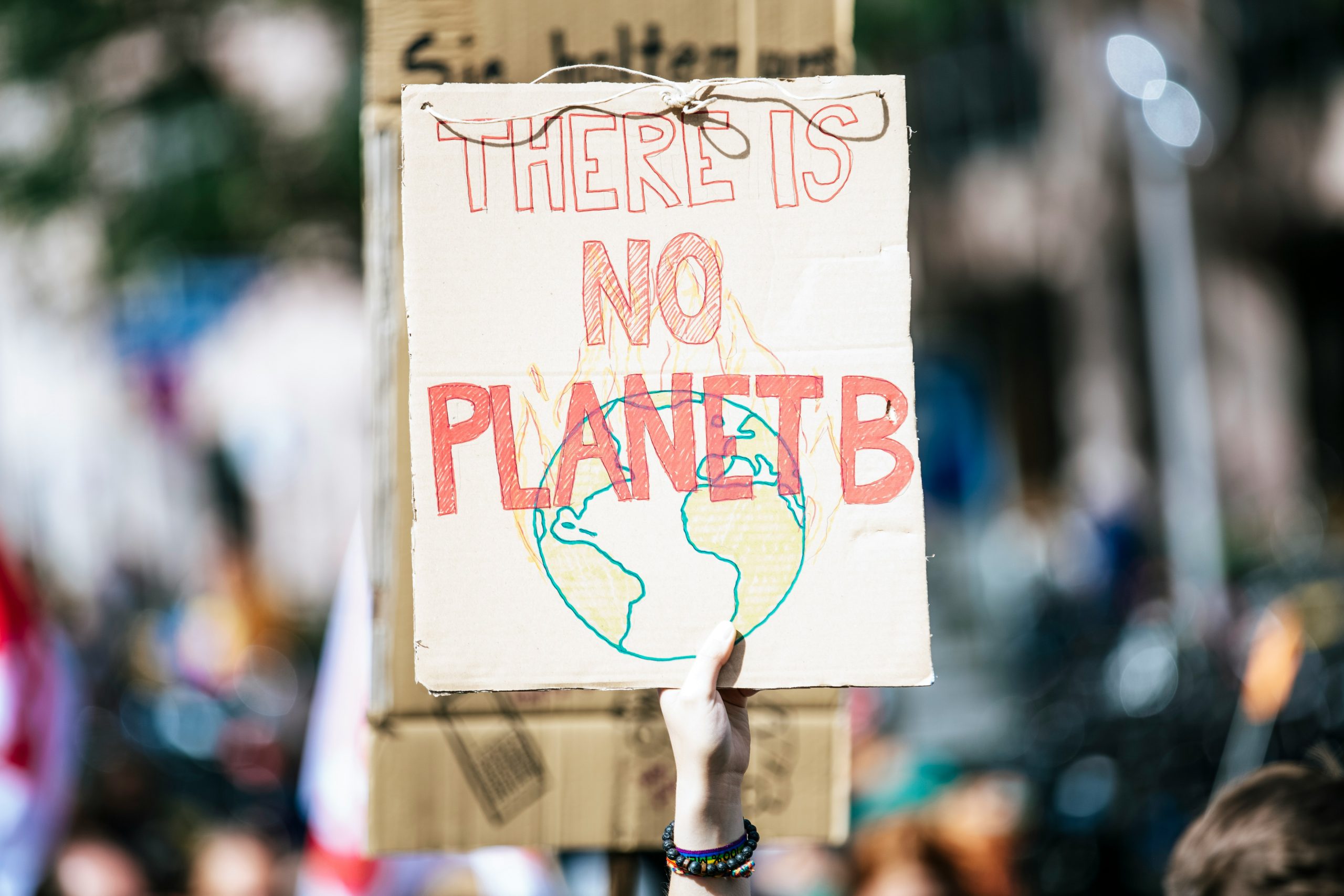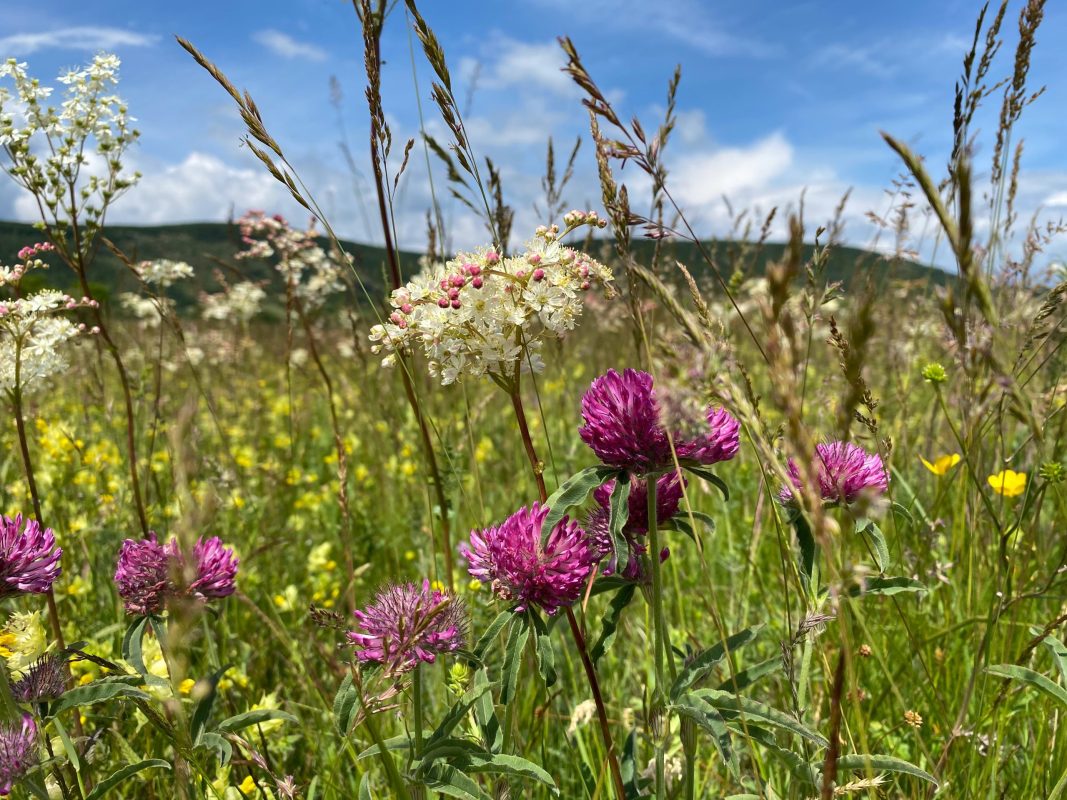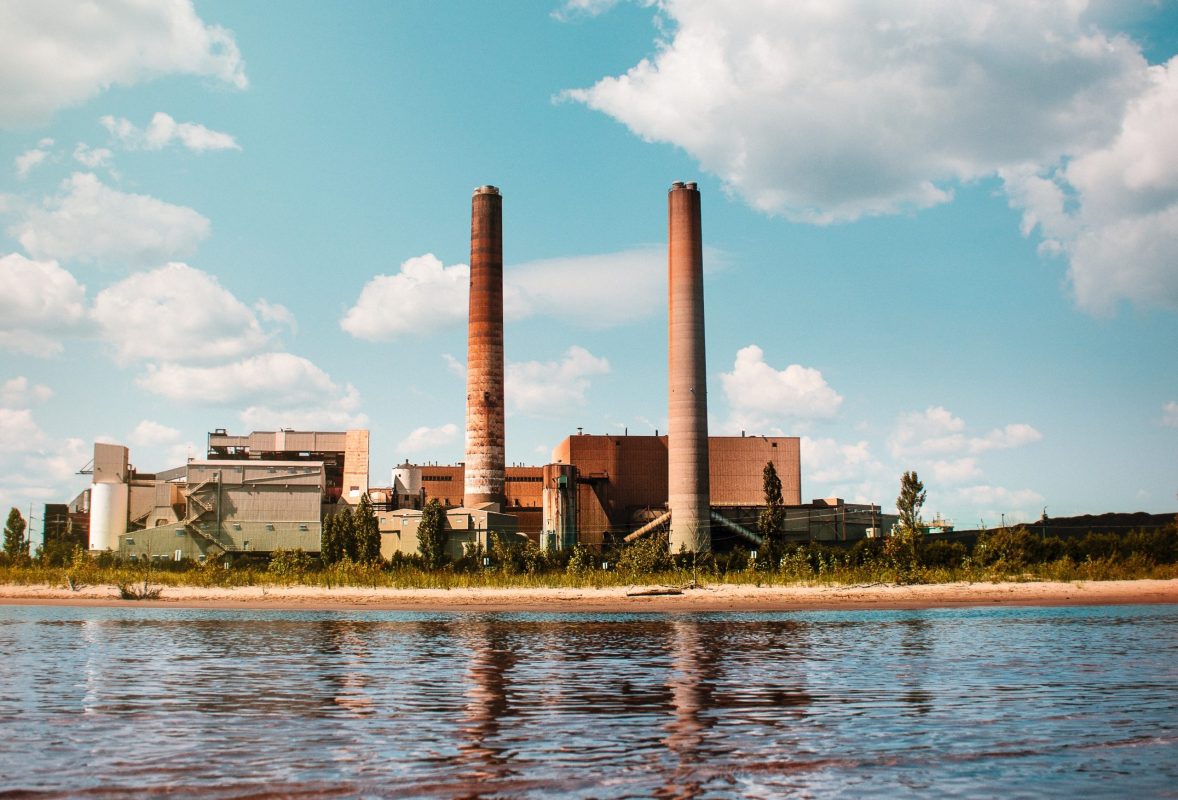Interviews
To Polly Atkin, “Diagnosis is Like a Wedding”
“Some Of Us Just Fall” examines the body as an ecosystem and rejects the myth of curability
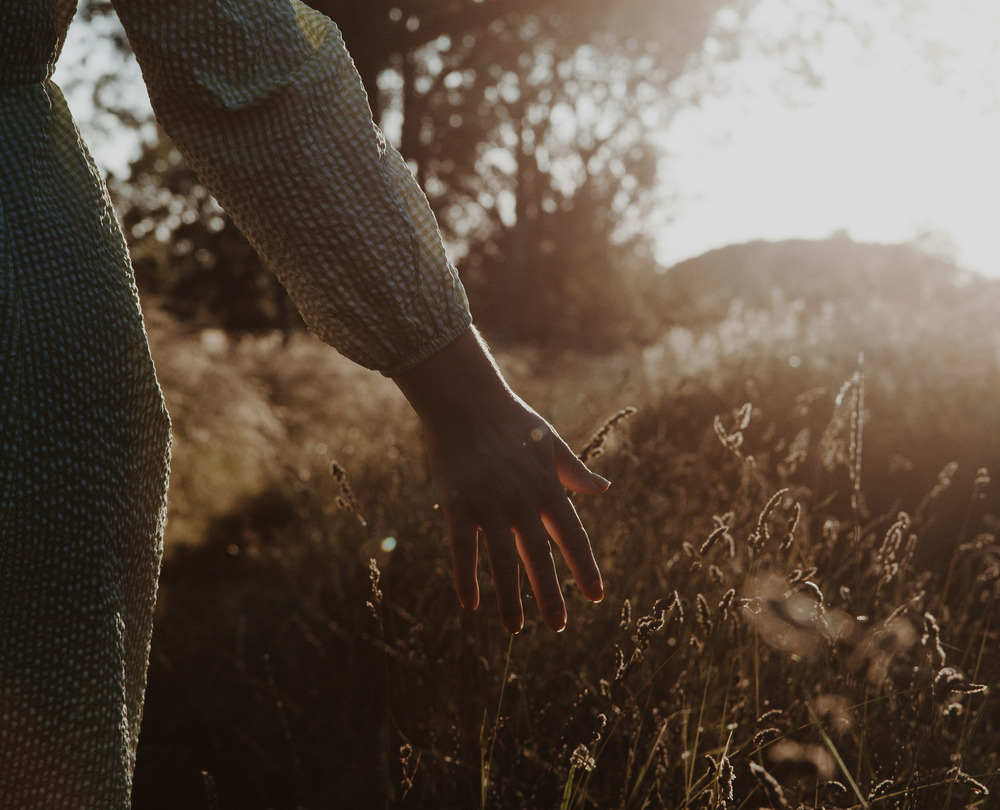
Often in illness narratives, the diagnosis marks a moment of triumph. There’s an a-ha moment and the main character rejoices, finally having a name for their symptoms. A medication or course of treatment available that might bring the patient to their former body. There is a sense of restoration, the turbulence of symptoms smoothed over with a cure. For Polly Atkin, the binaries presented in these stories have frustrated her. “Either you get better—you’re cured in some way—or you die,” she told me over Zoom. “And we didn’t really want that one, the dying bit.” But what happens when you are left somewhere in-between?
In her memoir Some of Us Just Fall: On Nature and Not Getting Better, Polly Atkin turns her poet’s eye toward living with chronic illness, imagining the experience as a sort of wilderness. In sharp and gorgeously attentive prose, Atkin ruminates on what it might look like for us to release ourselves from the harmful dichotomies that exist around narratives of healing and live instead with an awareness of our bodies as belonging to a teeming, complicated ecosystem. Her own experience being diagnosed with Ehlers-Danlos Syndrome after a lifetime of dismissal, misdiagnosis, and unexplained pain serve as an entrypoint to rich discussions of chronicity, in which Atkin weaves in historical context, observations about the natural world, and meditations on place to point out the lack of language and concrete resources available to individuals who do not have a chance at “getting better” in any traditional sense. Along the way, she also finds true hope in nature, which teaches her how to live with her body rather than struggling against symptoms.
I had the opportunity to talk with Atkin over Zoom about harmful cultural perceptions of chronic illness, finding real grace through observations of the natural world, assumptions around diagnoses, and the alluring illusion of returning to a kind of Eden.
Jacqueline Alnes: I think there’s a misconception sometimes about chronically ill or disabled people that, if we could, we would cure ourselves and get better. But the subtitle of your book, which I love, is On Nature and Not Getting Better. What was it like to write an alternative to the idea that “getting better” or “overcoming” something is the only way to true healing?
Polly Atkin: Once I got my diagnoses and I knew they were incurable conditions and are genetic, my relationship with “cure” became even more troubled. My relationships to those concepts became more and more troubled the more decades I went through living with ongoing illness. I got really interested in this concept of chronicity and the very few people who write about it or address it at all. And also how little of a cultural understanding we have of ongoingness. In England, for example, you can get a course of physical therapy for six weeks. After that, you’re out on your rear again. Which is fine if you’re recovering from a broken elbow, but not if you have a condition that is ongoing.
Everybody in the entire universe who is chronically ill, will have had someone say to them, “Well, are you better yet?” Having to continually deal with that and say, no, I’m not better, I’m me, an ill person and will continue to be an ill person. I wanted to write about that and what it means to reconcile yourself to that but also to live the best life you can within that paradigm of not getting better and not being cured, and finding a way for that to be okay.
JA: That was such a balm for me to get to read. I think when people who hear a word like “ongoingness,” people who haven’t been chronically ill view it as a trudgery or think “Oh, she must be suffering.” You write, “The onerous citizenship is so often portrayed as a terrible fate—onerous, burdensome, heavy—but what if it is your life?” I love this idea. What if “ill” isn’t a bad word? What if it’s just reality? When you began to imagine what the wilderness of illness might look like, what did you imagine that made you believe you could be here, and be okay?
PA: Slower and calmer and wilder in all sorts of different ways. One of the things that struck me very quickly after diagnosis is that all the things I thought I wanted out of life changed. A lot of my ideas about ambition and what I thought a functional life might look like shifted when I realized there was no chance of someone waving a magic wand and getting better. It’s led to a more diverse ecosystem of a life in some ways. I care about the tiny things, but I don’t care about the small things that are annoyances that other people care about. I see everything in micro and macro and miss the middle, in some ways.
I wanted to write about what it means to live the best life you can within that paradigm of not getting better and not being cured, and finding a way for that to be okay.
One of the things I wanted to explore in the book, and I’m still struggling with this, is finding a way to live with the body rather than pushing against it all the time. That’s some of what I’m trying to say when I think about the wilderness and the wildness of the body. I’ve been led into thinking that through the landscape around me and the creatures that live here as well and how they coexist in that space. I think about what I expect from them and ask myself if I can extend the same grace to myself that I extend to other things. I suppose that’s part of what I’m wanting in that wildness, is to allow all of those different parts of me to coexist without creating hierarchy. These parts of me are equally worthwhile and worthy and valuesome in different ways, even the parts that hurt, even the parts that cause other parts trouble. They all deserve to be there, in the same way we might look at other beings and creatures within an ecosystem.
JA: It makes sense that healing is ongoing when you think about the fact that you are undoing a lifetime of dislocation, not just physically but also because you spoke your experience out loud to so many different people in positions of authority and were not given an answer until later in your life. That can cause a kind of distance between your self and your experience that is difficult to repair. How have you found your way back to yourself?
PA: Writing has really helped, which is why that quote from your essay is in my epigraph. I love that whole phrasing of that, “To take up residence in my body again, I write.” For me, that was a really important part of my process when I was a teenager. When I was first very seriously ill as a teenager was when I began seriously writing poetry instead of adventure stories. That sense of being able to put the self down on the page, in some way, and reflect on that and keep a record has been really helpful. Part of the motivation for this book was wanting to put the record straight. I suppose like many writers, I am 99% driven by spite. [Laughs.]
JA: Extremely earned spite!
PA: One of the absolutely best things that happened to me after I was diagnosed with Ehlers-Danlos Syndrome is that the amazing, elderly professor who diagnosed me, who at the time was one of the only people in the U.K. who could diagnose Ehlers-Danlos, wrote to some of the consultants who had been really terrible to me and told them what my diagnosis was. In some ways, me writing the book was an extension of that. There is this sense of literally writing yourself back into a story. A lot of people who do work in the field of life writing in whatever way, whether it’s memoir or autobiography, are coming from a place of wanting to place themselves back into the center of the narrative of their life that they’ve been displaced from, for whatever reason, through trauma or illness or marginalization. For me, the self-reflective process does begin with language but it goes beyond that as well and becomes something more.
JA: I think diagnoses are so often viewed as the happily ever after, the riddle at the end of a puzzle, so I loved your line, “Diagnosis is like a wedding: not an end point, but a beginning.” I also loved how you talk about what comes after the diagnosis: the reckoning with harms caused by misdiagnoses or dismissals from doctors, the reshaping of your entire life’s narrative to think back to the things that were in fact real, that you now have a name for, and the newfound sense of love you have for your body that comes from a place of understanding. Receiving a diagnosis looks like relief, on the outside, I think, but on the inside there is also some grief and a lot of work still to be done.
A lot of my ideas about ambition and a functional life shifted when I realized there was no chance of someone waving a magic wand and getting better.
PA: There are so many complicated emotions with it. Part of it depends on when that diagnosis or when those diagnoses happen. People who live with chronic conditions rarely end up with only one, and the longer that you go undiagnosed, the longer you are to attract other conditions on top of it. Part of the problem culturally is how we see chronic illness—or rather how we don’t see it. We don’t have a language for it, we don’t have an understanding of what it’s like to live with something that doesn’t stop, that just goes on and on. People assume that when you have a diagnosis then there is something you can do that’s really easy to fix, and then you are no longer ill. A lot of the process, the emotional process, was going through that over and over again with people. I’d tell them I had a diagnosis and they would be like, “Great, when are you going to be better from it?” I’d have to tell them that I knew I wasn’t going to be better from it. People think that treating physical health is like taking a splinter out of your finger, but they don’t understand it’s this continual, ongoing process of trying different things that may or may not help and realizing that your life is different after that.
For me, because I’d known I was ill for so long and I hadn’t known why, there was a huge part of that moment of diagnosis which was a massive vindication of my own self-knowledge. So many people had told me, over the decades, that I had caused my own symptoms, that I was making them up entirely, and as you say, that makes you distrust yourself. I thought to myself, well, I am really clever, so maybe I am making all of this up. How awful that whole process is. Having someone say, you’re right, there is a reason for everything you’ve been experiencing, was a completely revelatory experience for me. I did leave the consulting room when I got my EDS diagnosis, lock myself in a toilet, and just weep. It was very much tears of relief, letting go of a lot of pain. There was that pain of not being believed, for so long, and all the various terrible, terrible things that doctors had said to me, when they weren’t believing.
And then, of course, you have to go through the process afterward of figuring out what it means for your life. What does it change practically? What does it change emotionally? It’s an ongoing process. This year it will be ten years since my really horrific year but also my first diagnosis, and I’m still working through all of that and changing my relationship all the time. My understanding of myself and negotiating how to understand myself in the world, it gets better. But, it’s an ongoing process.
JA: The deepest part of me felt that comfort in hearing someone else say that the real healing comes from that work of undoing the messiness, not from some cure. I wonder if you would talk a little bit more about that divide that exists for you between the world of “getting better” or “cures” than the complicated, teeming ecosystem of real healing?
Like many writers, I am 99% driven by spite.
PA: It’s so important to think about that. It has to do with where you think the narrative is going to cut off as well. They would often end with diagnosis and I’d say, well, I’d love to know what happens six months later or six years later or twelve years later. None of these things stop. I am loathe to quote Nietzsche, but he wrote that there are many healths of the body and it really struck me. We do think in binary terms of what is good and bad, this is healthy, this is unhealthy, and actually most things are neither one or the other. Opening yourself to the complication is a very fruitful thing. Life is messy, bodies are messy, people are messy, and learning to love that messiness rather than trying to tidy it away and accept that sometimes that can be painful is part of life and part of ourselves. If we can embrace it rather than fighting against it, we can learn to live with it better.
JA: When I hear you talk about binaries it makes me think about why we want them in the first place, and I think it’s because we want to live in a world that is simple enough for us to fix it. When you hear someone say, “You’ll never return to the body you once knew,” that sounds like a form of death, or something you might grieve for the rest of your life. But, in the book, when you meet with a climate biologist who tells you that you can “never truly restore a habitat, just make a different one,” you offer readers a different message. Has nature offered you a more honest path to healing?
PA: I’m really interested in thinking about the ecosystem of the body and the ecosystem of the planet and how one can help us think about the other. In terms of collapsing binaries, we often think of humans as separate from nature, but we are a part of nature, too. We are part of the ecosystem we are in, even though we sometimes dominate it in a way that is not healthful or helpful for any of us. Allowing that messiness at all points of that is helpful.
I quote quite a lot in the book Eli Clare, whose book Brilliant Imperfection was so important for me in thinking about cure and non-cure, about what it means to live with something that can’t be cured or to reject the whole notion of cureability. He writes really compellingly in that about how cure is trying to restore you to this Edenic landscape, trying to take us back to this moment before the serpent, but it’s really important to think about the idea that a cure is a divine fantasy. But that’s a myth. There is no moment before Original Sin. That’s a story. And it’s not real. There is no perfect body, no perfect habitat. There are just different ones that change over time. At some points they are better for one thing and at times they are better for another.
I was really helped by thinking about cyanobacteria, these toxic algae blooms, which I write about in the book, which we’ve been having such trouble with in the Lake District in England. As the waters have heated up through climate change and because of pollution, the problem has grown. But as I started delving into that, I discovered that without cyanobacteria, we wouldn’t have an oxygen atmosphere on earth. So when we are thinking about what we want to go back to, do you want to go back to a point before cyanobacteria? Because in some ways, that would be a cure, but it would also be problematic. Trying to go back to something means ignoring that we all change, we all diverge from what we think is perfection all of the time. Bodies change. They’re not static things. We’re not dolls. I think we are encouraged to think about ourselves as though we are, particularly as women.
JA: Pain, especially so much of what you experienced in life can be so isolating and all-encompassing. What struck me about your book is that you find so much hope and genuine joy and meaning in the way you connect when you reach outside yourself to nature or to other people, even throughout history, which is such an interesting way to find relief. Was that reaching out always something you were able to do?
Life is messy, bodies are messy, people are messy. Learning to accept that sometimes that can be painful is part of life and part of ourselves.
PA: I’ve definitely gotten better at it. Partly, it is slightly instinctual, maybe something to do with how I see things. We’ve had interesting conversations about this in my family, because these conditions are genetic and trying to unravel some of that and see how others have dealt with it is interesting. What we’ve come to realize is there is an incredibly intrinsic stubbornness in our family, but also a kind of stoicism as well. Sometimes when people say stoicism they mean a kind of dourness, but there is a thread of response which I see going down my family, which is that we really enjoy small details. I have always found that really helpful, and I find that really helpful with taking me out of myself when it’s hard to be in myself. When I am in great pain, I can get completely lost in a book or TV series or a quality of light or seeing a deer and his fuzzy antlers can change my day. I think there’s a danger in becoming reliant on what’s external to you to produce those feelings for you, to temper those feelings inside, but what I’ve been thinking about more and more is how we can kindle that feeling inside ourselves. That’s my next project.
JA: I’m thinking of readers who might be in the depths of their illness, wondering if they’ll get better. What would you tell your past self while she was in the midst of her most debilitating symptoms?
PA: It will get better. You’re not alone. There is a community out there of people who have been experiencing the same things and will understand what you are understanding, even if there’s no one in your own life. You can do it. You can go on. That to me is one of the most important messages. There have been parts of my life where I thought that I couldn’t go on, and I couldn’t continue. But life is really amazing. We don’t know what we can deal with until we deal with it. Our capacity to expand and become expansive is something that I don’t think we really have a grasp on at all. Life might not be what you thought it was going to be, but it will change and grow and be amazing in all sorts of ways if you are open to let it, and going with it rather than pushing against it all the time.





